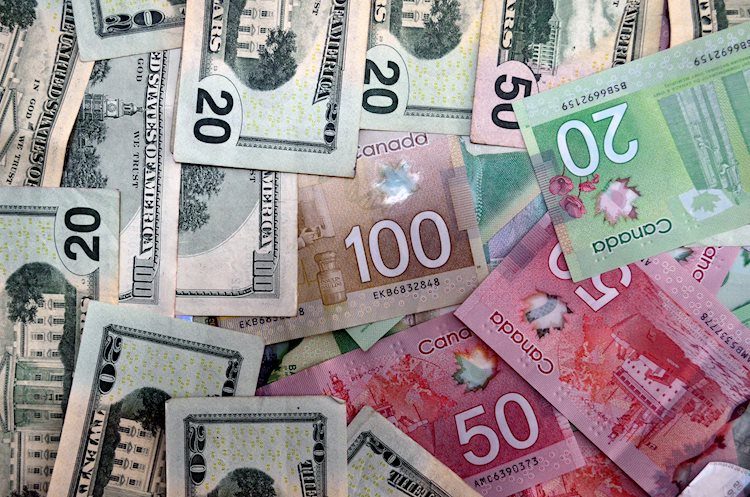The USD/CAD pair has experienced a depreciation recently as the market anticipates that the Federal Reserve (Fed) will reduce interest rates in September. Fed Governor Christopher Waller mentioned that the US central bank is nearing a decision to lower rates. This sentiment was reinforced by Richmond Fed President Thomas Barkin who noted that easing inflation is expanding and he would like to see it continue. As a result, there is a high likelihood of a 25-basis point rate cut at the September Fed meeting, with markets indicating a 93.5% probability, up from 69.7% the previous week.
However, the upside of the Canadian Dollar (CAD) is limited by lower West Texas Intermediate (WTI) prices. Canada, as the biggest oil exporter to the United States, is impacted by the decline in crude oil prices. Despite the dovish stance of the Fed, US Treasury yields have improved due to increased risk aversion, which has put pressure on oil prices. This has been reflected in the 2-year and 10-year US Treasury bonds standing at 4.45% and 4.17% respectively.
On a positive note, the WTI price gained ground in the Asian session driven by a larger-than-expected decline in crude stocks in the US. The US Energy Information Administration reported a decrease of 4.87 million barrels for the week ending July 12, exceeding expectations. This has led to a slight increase in the WTI price, providing some support for the CAD.
Looking ahead, softer Canadian inflation readings have raised expectations that the Bank of Canada (BoC) will consider further interest rate cuts in the upcoming week. This could act as a deterrent to the upside of the Canadian Dollar. Factors influencing the CAD include interest rates set by the BoC, oil prices, economic health, inflation, and trade balance. Market sentiment and the US economy also play a significant role in determining the value of the CAD.
The Bank of Canada (BoC) has a significant influence on the Canadian Dollar through its control over interest rates. Maintaining inflation within the 1-3% range is a key goal of the BoC, achieved through adjustments in interest rates. Higher interest rates are generally positive for the CAD. Meanwhile, the price of oil, Canada’s largest export, plays a crucial role in determining the value of the Canadian Dollar. Higher oil prices typically lead to an increase in CAD value due to higher demand for the currency.
Inflation, which historically has been seen as a negative factor for currency value, has a different impact in modern times with increased cross-border capital flows. Higher inflation often leads to central banks raising interest rates, attracting more capital inflows and increasing demand for the local currency, in this case, the Canadian Dollar. Additionally, macroeconomic data releases such as GDP, manufacturing and services PMIs, employment, and consumer sentiment surveys all influence the strength of the Canadian Dollar. A strong economy, coupled with higher interest rates, can lead to a stronger CAD, while weak economic data may result in a depreciation of the currency.











